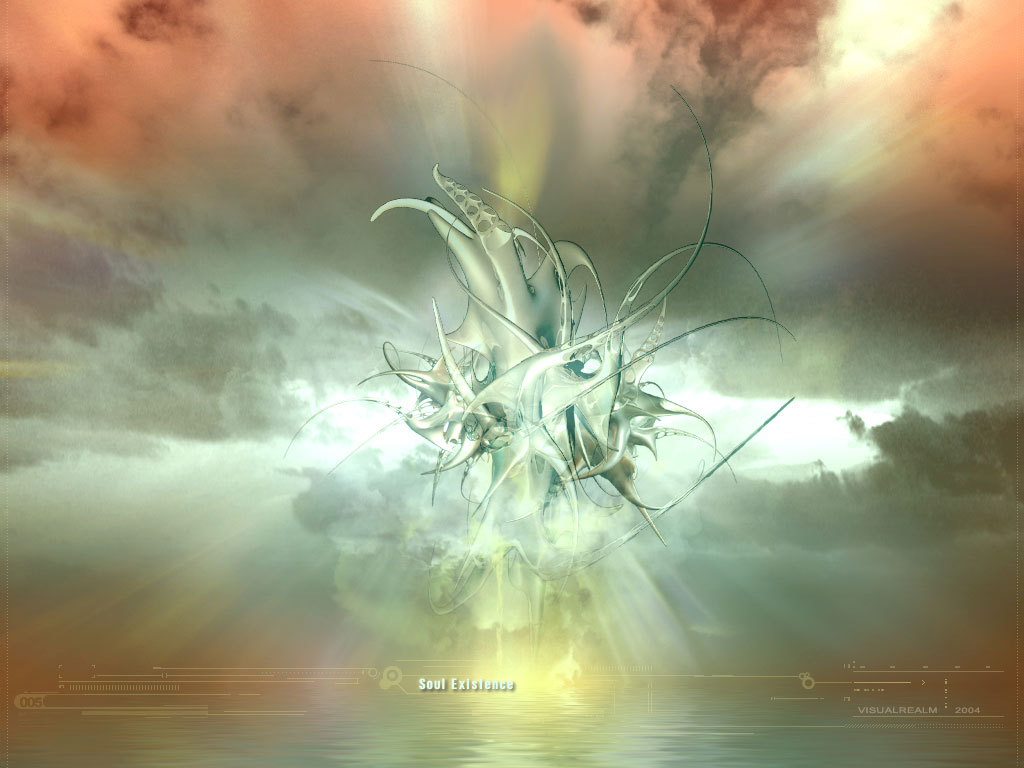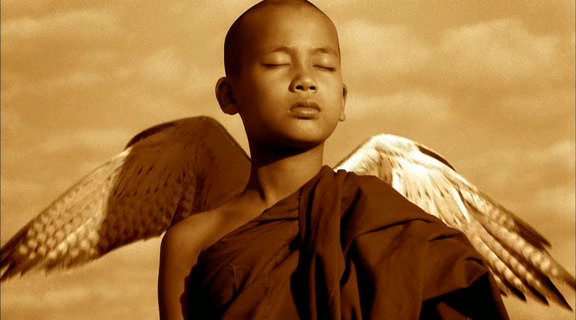There is a parable. Buddha comes one day with a flower in his hand. He is to give a sermon, but he remains silent. Flower in his hand, eyes on it, he remains silent. Those who have come to listen to him begin to wonder what he is doing. Time is passing. It has never happened like this. What is he doing? They wonder whether he is going to speak or not. Then someone asks, “What are you doing? Have you forgotten that we have come to listen to you?” Buddha says, “I have communicated something. I have communicated something which cannot be communicated through words. Have you heard it or not?”
No one has heard it. But a disciple, a very unknown disciple known for the first time, a bhikkhu named Mahakashyap, laughs, heartily laughs. Buddha says, “Mahakashyap, come to me. I give you this flower, and I declare that all that could be given through words I have given to you — all; and that which is really meaningful, which cannot be given through words, I give to Mahakashyap.”
So Zen tradition has been asking again and again, “But what has been communicated to Mahakashyap? What was transmitted to Mahakashyap? A transmission without words. What has Buddha told? What has Mahakashyap heard?” And whenever there is someone who knows, he laughs again, and the story remains a mystery. When someone understands, he laughs again. Wherever there are persons who are scholars, who know much and who know nothing, they will discuss about what has been told They will decide about what has been heard. But someone who knows will laugh.
Bankei, a great Zen teacher, said, “Buddha said nothing. Mahakashyap heard nothing.” So someone asks, “Buddha said nothing?” “Yes,” Bankei said, “Yes, ‘nothing’ was said, ‘nothing’ was heard. It was said and it was heard. I am a witness.” So someone said, “You were not there.” So Bankei said, “I need not have been there. When ‘nothing’ was communicated, no one is needed to be a witness. I was not there, and yet I am a witness.” Someone laughed, and Bankei said, “He was also a witness.”
The living current cannot be communicated. It is always there; someone has to go to it. It is nearby, just by the corner. It is in you. You are the living current. But you have never been in. Your attention has always been out. You have been out-oriented. You have become fixed. Your focus has become deadly fixed, so you cannot conceive of what it means to be in. Even when you try to be in, you just close your eyes and go on being out.
To be in means to be in a state of mind where there is no out, where there is no in. To be in means there is no boundary between you and the all. When there is nothing out, only then do you come to the inner current. And once you have a glimpse, you are transformed. You know — you know something which is incomprehensible. You know something which intellect cannot comprehend. You know something which intellect cannot communicate. But yet one has to communicate, even with a flower, even with a laugh. It makes no difference: they are gestures. Does it make any difference if I use my lips or if I use my hands with a flower? Only the gesture is new. So it disturbs you. Otherwise, it is as much a gesture as any lip moving. make a sound; it is a gesture. I remain silent; it is a gesture. But the gesture is new, unknown to you, so you think something is different. Nothing is different. The living current cannot be communicated, yet has to be communicated, somehow has to be indicated, somehow has to be shown.
Osho – I Am The Gate (Buddha parrable)

 Carl Gustav Jung, The Archetypes and the Collective Unconscious (via
Carl Gustav Jung, The Archetypes and the Collective Unconscious (via 






